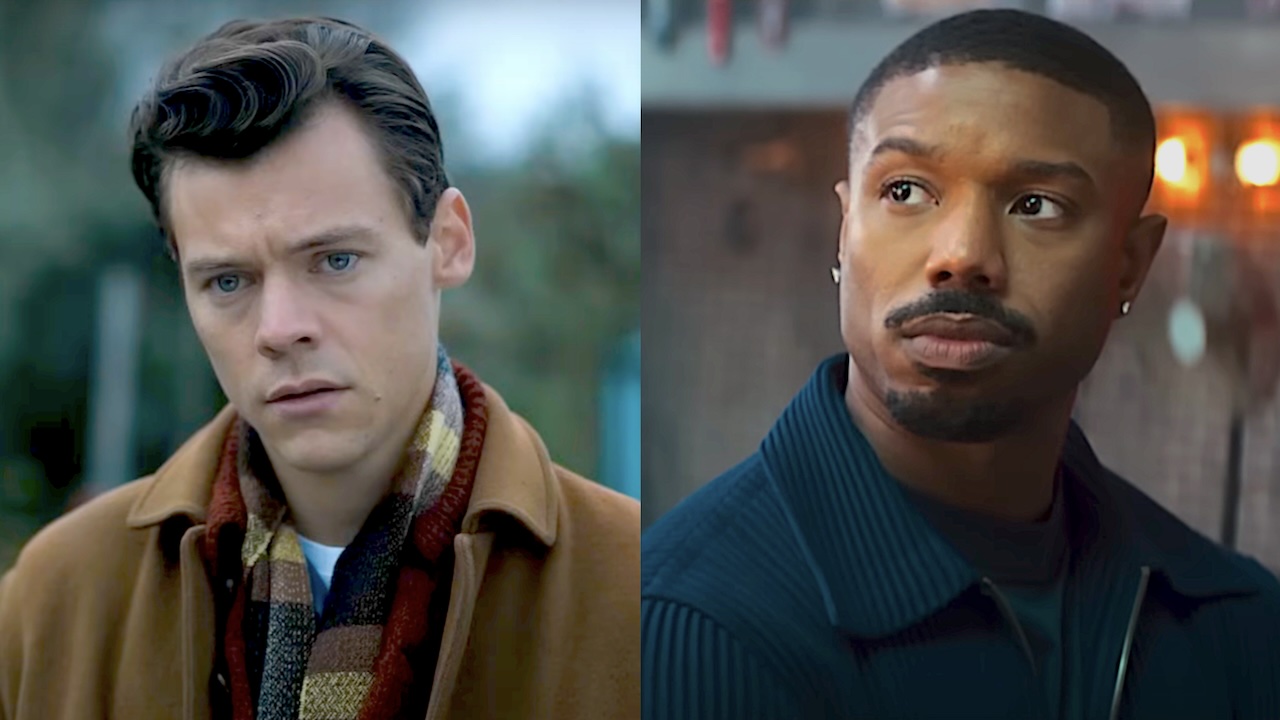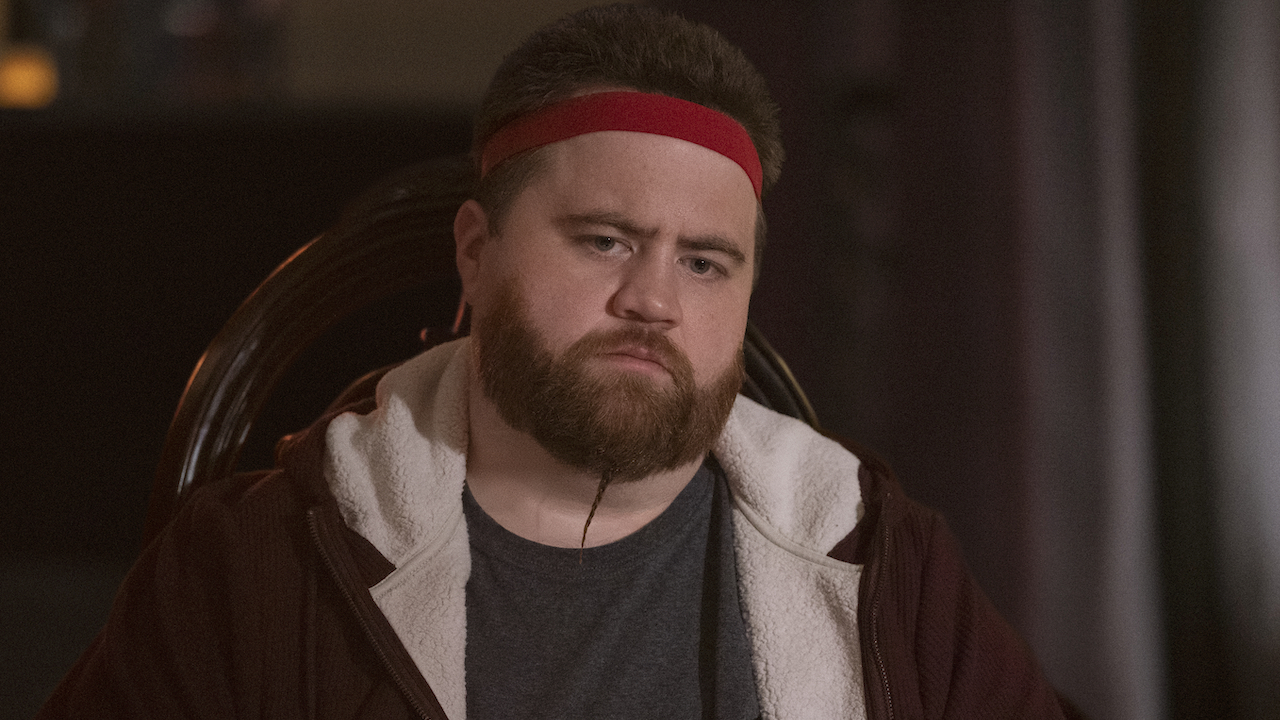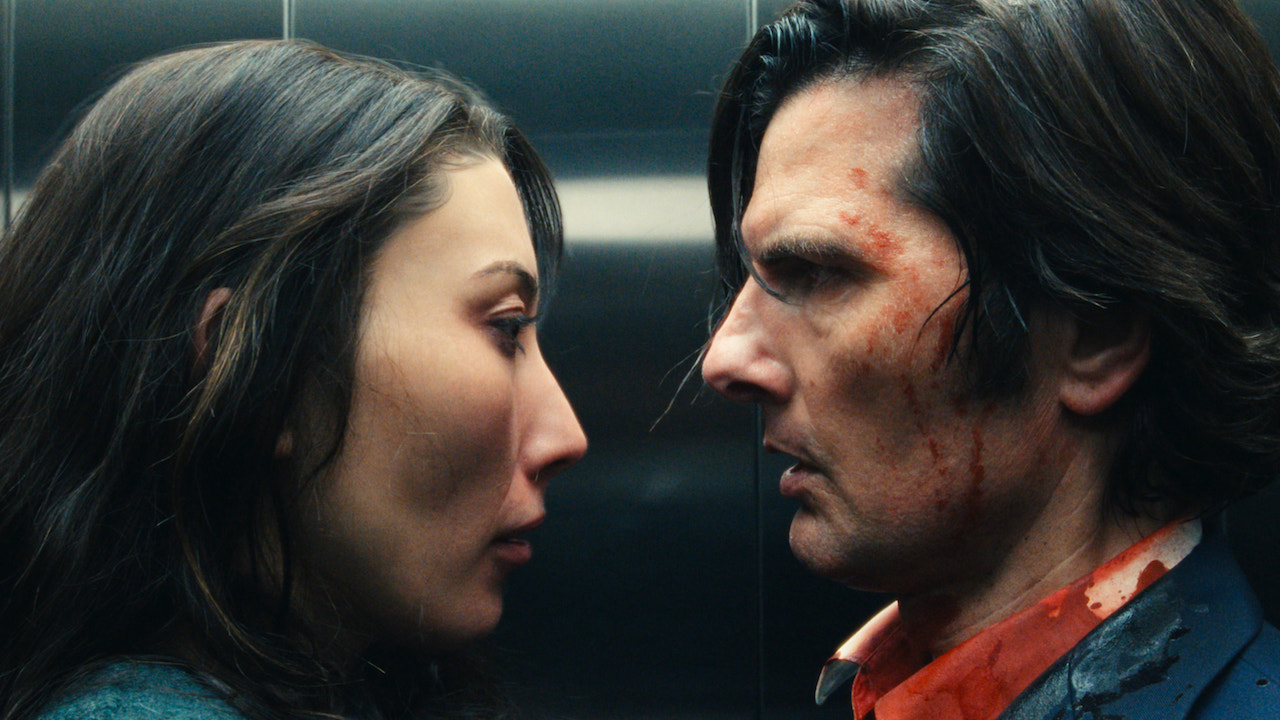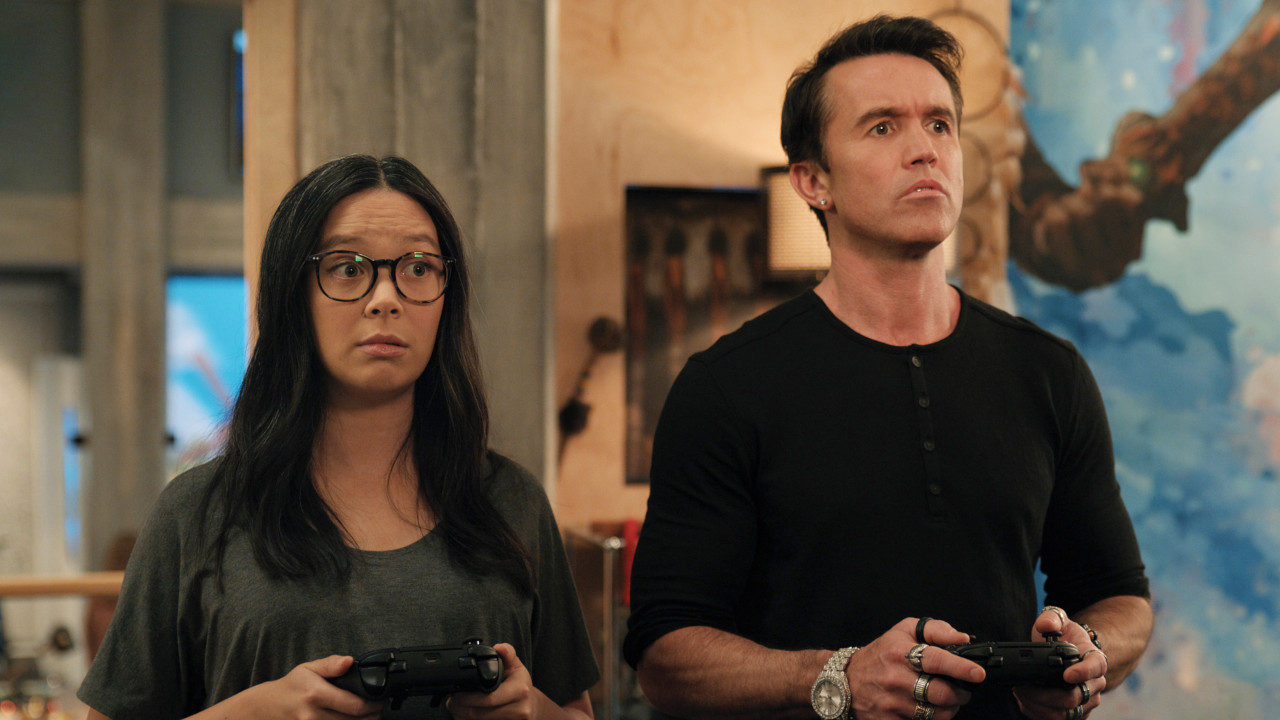To 3D Or Not To 3D: Buy The Right Finding Nemo Ticket
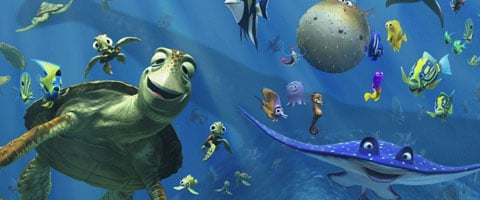
When Finding Nemo was first released nine years ago, it drew widespread praise, not only for its touching story but also for its vibrant and hyper-detailed visuals. The ocean offered the animators an expansive playground to go nuts, and that busyness is present in almost every scene, save a carefully chosen few that use the background stillness to represent loneliness in a way words never could.
During its initial, incredibly successful theatrical run, Finding Nemo ran in standard 2D. Given its release date (05/30/03) and more importantly, its studio (Pixar), that’s not shocking. As recklessly aggressive as Pixar has been pushing the bounds of computer animation over the past two decades, John Lasseter and company have been that conservative with 3D technology. None of it has been bad, of course, but to date, there haven’t been any wow moments.
Thanks to the success of The Lion King in 3D, Disney/ Pixar is releasing Finding Nemo in the format this weekend. Given the wonder, enchantment and nostalgic greatness of the film, Cinema Blend highly recommends you check out the film on the big screen. The only real question is what ticket to buy. Is it worth spending an extra couple of dollars to see the conversion, or is it just as good or better in its original 2D? Read below for our analysis…
Does It Fit?
Of course it fits. The answer is almost always yes with an animated movie, and when the setting of said animated movie is somewhere with a lot of natural depth (like say an ocean), it’s not even really a debate. In fact, a strong case could be made that the subject matter of no Pixar film better lends itself to 3D than Finding Nemo. If the format is good at one thing, it’s illustrating the space between things, and the whole point of this movie is to show Marlin’s willingness to go on a seemingly endless journey to find his son.
Fit Score: 5/5
Planning & Effort
As unfair as it might be, Finding Nemo loses points automatically because it was originally conceived and shown as a 2D film. All of the original decisions were not made with 3D in mind, and thus, there are plenty of opportunities it misses in retrospect when another angle could have taken advantage of a situation. That being said, some work definitely did go into making what material they did have thrive in the new format. Roughly one year was spent on making it all look as nice as possible. Considering James Cameron took a decade for Titanic and Kristy still gave him somewhat of a middle finger with a score of 3, Nemo and friends should consider themselves lucky to get a 2.
CINEMABLEND NEWSLETTER
Your Daily Blend of Entertainment News
P&E Score: 2/5
Before the Window
This is one area where Finding Nemo’s original format really comes back to bite it in the dorsal fin. “Before the Window” measures how frequently and effectively a 3D movie tricks the eye into thinking an object is moving toward it. In order to achieve that effect, however, something needs to be quickly moving into the foreground of the picture. That doesn’t happen a whole lot in Finding Nemo. The animators take advantage of the opportunities they do have, but they’re so few and far between, they feel more like an odd surprise than a regular animation device.
Before the Window Score: 2/5
Beyond the Window
If the original version of Finding Nemo didn’t leave many “Before the Window” possibilities, it more than made up for it in “Beyond the Window” possibilities. Thanks to its incredible detail and the natural gifts the ocean offers in this area, the Pixar offering is able to make the landscape seem as if it floats on forever. A lot of 3D movies are able to create two layers where one object appears far closer than the other, but in Finding Nemo it looks like layer after layer after layer. More specifically, it looks almost lifelike. The depth is absolutely incredible, and it’s there throughout the entirety of the work.
Beyond the Window Score:5/5
Brightness
Here’s another area where the subject matter really helps. As characters point out several teams throughout the movie, the ocean is big and blue. That colorful sheen really came through in the original, and the glasses don’t sacrifice any of the vibrant hues. Viewers will have no problem following what’s going on, and the only time a lack of color will come into play is during the few scenes where the animators intentionally rip out all the warmth and brightness to illustrate a truly dreadful mood.
Brightness Score: 5/5
The Glasses Off Test
Finding Nemo didn’t do very well on this test at all. In fact, I could easily follow what was going on during the majority of the scenes without my glasses. That should mean not enough is going on, but in this case, it might not be as bad as you would think. Much of the actual 3D work in the film focuses its attention on the sides of the picture and the background. The characters and objects don’t often swim or fly at you. The conversion was made so viewers could watch them swim in a world with more depth. Consequently, with the glasses off, you can still follow the action, but all of those minor details on the sides of the frame are fuzzy. Maybe I’m making excuses. Maybe this actually matters. Let’s be generous and go with a 2.
Glasses Off Test: 2/5
Audience Health
Given its lack of aggressiveness and the relaxed depth it’s able to create, Finding Nemo is very unlikely to make anyone sick. Audience members of all ages should be able to enjoy the film without getting any headaches, feeling any aftereffects or even getting annoyed they’re watching 3D. I can hypothetically imagine someone claiming it wasn’t worth the extra money, but I can’t imagine anyone claiming his or her experience was in any way worse by having 3D.
Health Score: 5/5
| SCORES RECAP | |
| 3D Fit | 5 |
| P&E | 2 |
| Before The Window | 2 |
| Beyond The Window | 5 |
| Brightness | 5 |
| The Glasses Off Test | 2 |
| Audience Health | 5 |
| Total Score | 26 (out of a possible 35) |
Final Verdict: Had Finding Nemo originally been created as a 3D movie, it likely would have scored far high here. The depth it’s able to create is simply wonderful, and the whole experience is very easy on the eyes. Unfortunately, because of the lack of planning, the film is littered with missed opportunities and angles that don’t maximize the potential of 3D. For fans of the original looking to enjoy the film in a slightly different and interesting way, Nemo is definitely worth the money. For those who are only neutral on 3D, watching the film at home will prove 80% as satisfying and 100% cheaper.
This poll is no longer available.
For more 3D analysis, visit our To 3D Or Not To 3D archive right here.
Mack Rawden is the Editor-In-Chief of CinemaBlend. He first started working at the publication as a writer back in 2007 and has held various jobs at the site in the time since including Managing Editor, Pop Culture Editor and Staff Writer. He now splits his time between working on CinemaBlend’s user experience, helping to plan the site’s editorial direction and writing passionate articles about niche entertainment topics he’s into. He graduated from Indiana University with a degree in English (go Hoosiers!) and has been interviewed and quoted in a variety of publications including Digiday. Enthusiastic about Clue, case-of-the-week mysteries, a great wrestling promo and cookies at Disney World. Less enthusiastic about the pricing structure of cable, loud noises and Tuesdays.


